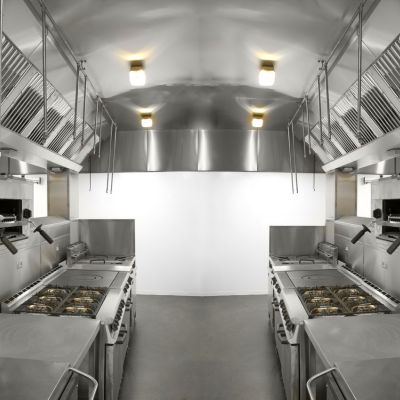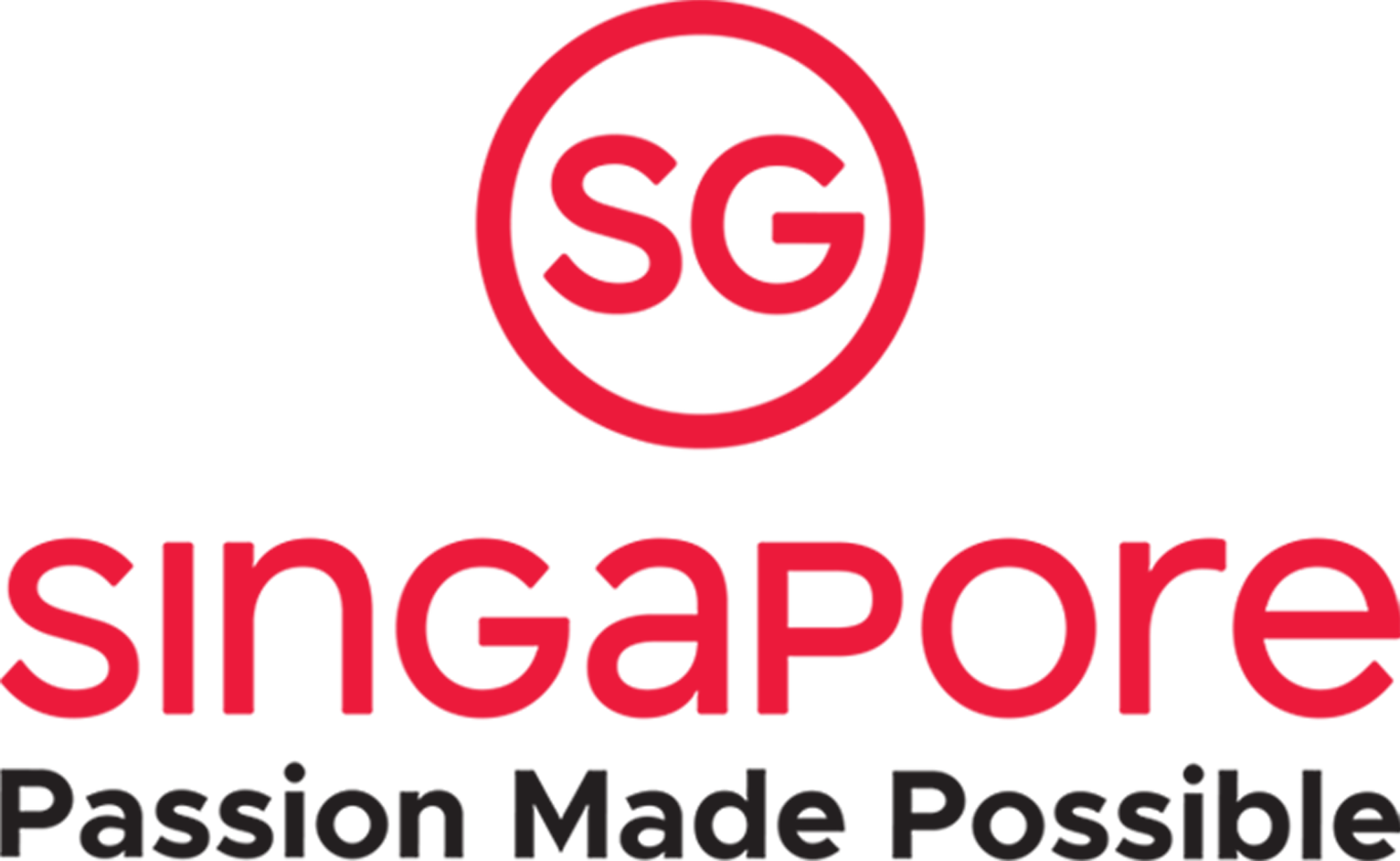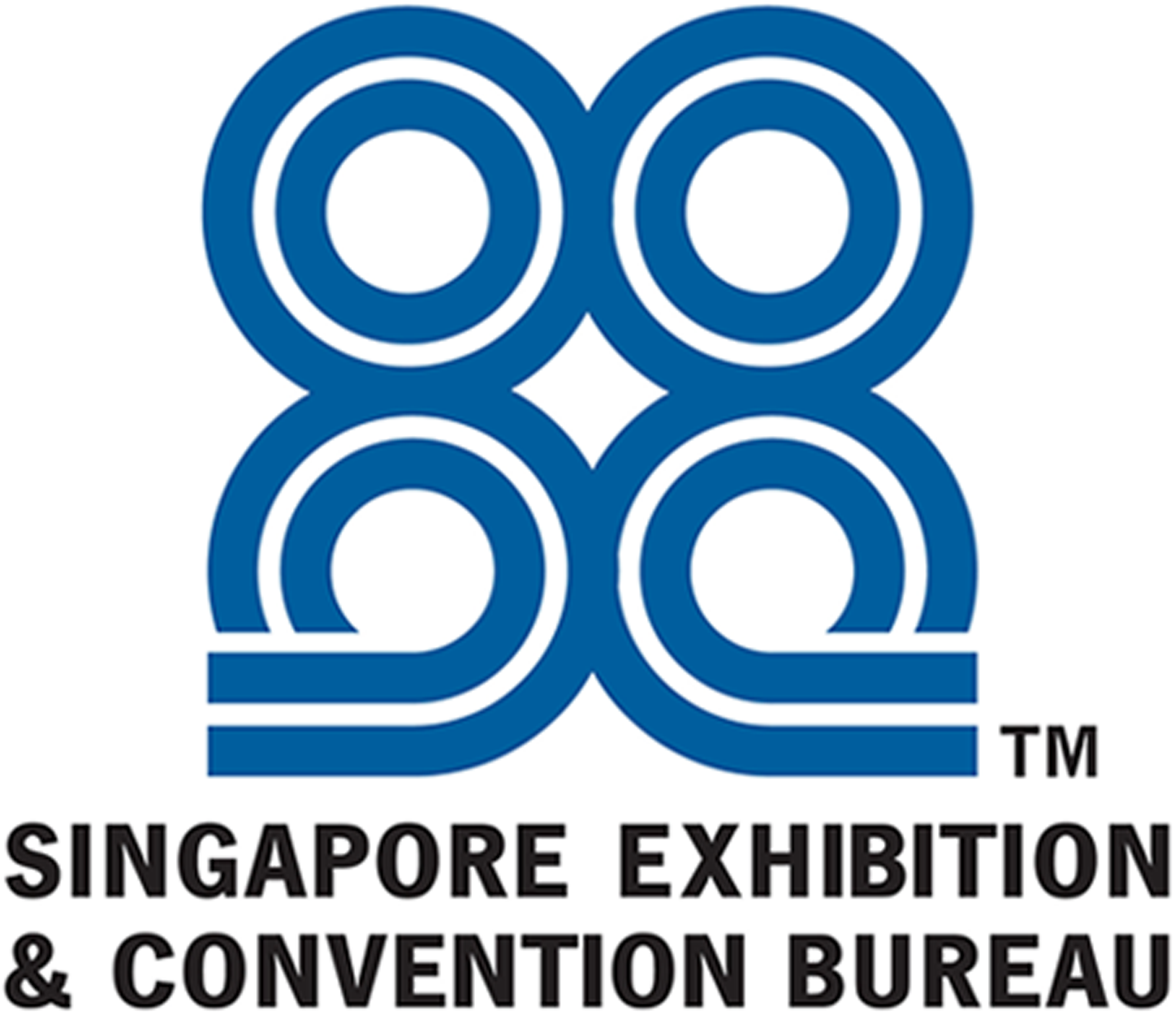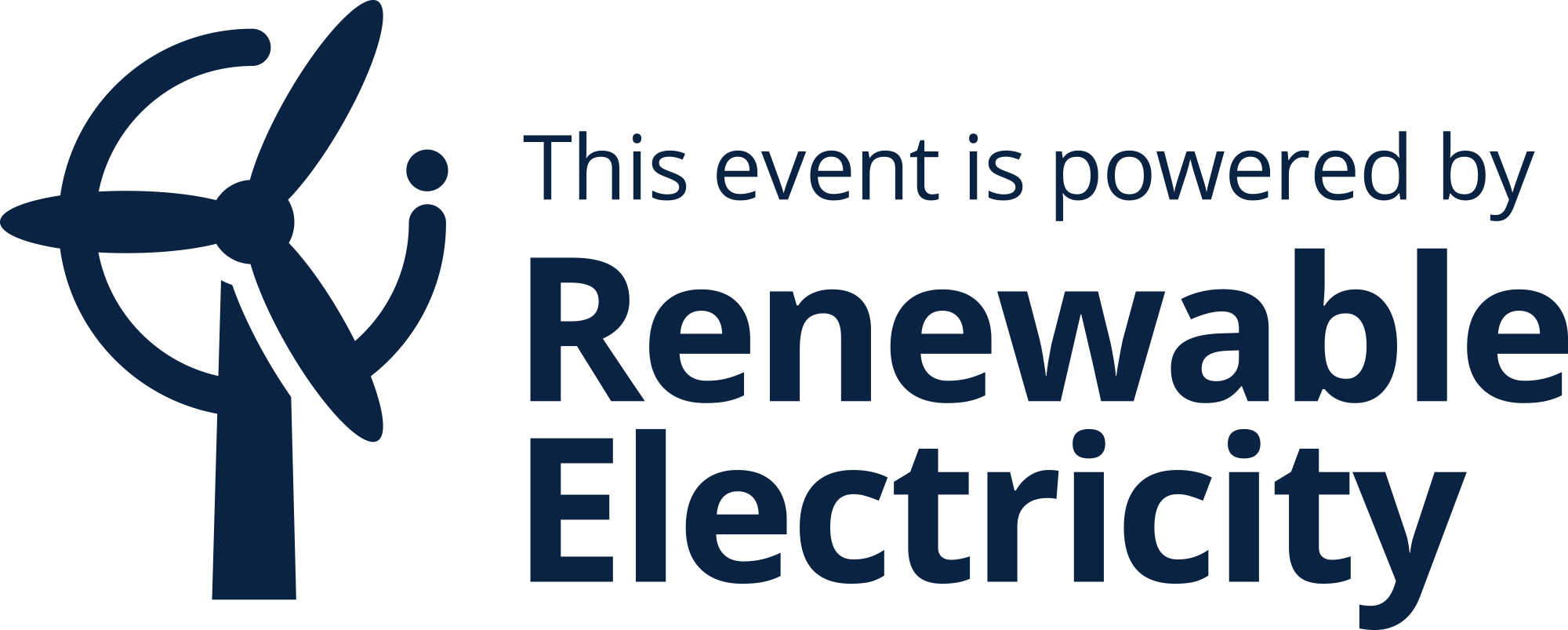How can you gauge your hotel’s financial health and overall revenue performance? Given the complexities of hotel management, more than room revenue is needed to measure success.
Traditional metrics like RevPAR (Revenue Per Available Room) focus solely on room booking revenue. However, today’s hotels generate income from various sources beyond rooms.
Enter TRevPAR—Total Revenue Per Available Room. This comprehensive hotel performance metric accounts for all revenue flows, including ancillary revenue like food and beverage, spa services, and events.
TRevPAR is crucial because it provides a complete picture of a hotel’s financial health by considering every aspect of revenue generation.
When focusing on Total Revenue Per Available Room, hoteliers can gain deeper insights into their property’s profitability and identify opportunities for improvement across different departments.
Knowing what TRevPAR is enables hotels to refine their strategies, optimize services, and increase profitability.
What is TRevPAR?
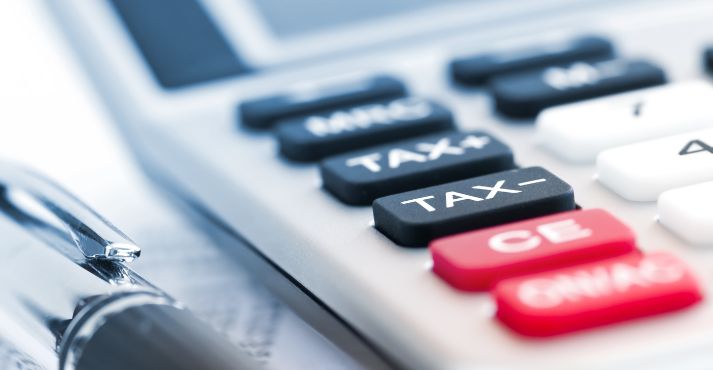
TRevPAR, or Total Revenue per Available Room, is a key performance metric used in the hotel industry to calculate the total revenue generated per available room, irrespective of its source.
Unlike RevPAR, which only considers room revenue, TRevPAR includes revenue from services such as dining, spa treatments, events, and other amenities the hotel offers.
It is an essential metric for hoteliers who wish to measure their overall financial performance rather than just room revenue.
When providing a more comprehensive overview, TRevPAR allows hoteliers to assess their property’s ability to generate revenue from both room bookings and ancillary revenue.
This metric is decisive for understanding a hotel’s total revenue potential and helps identify areas for improvement to increase profitability.
Components of TRevPAR
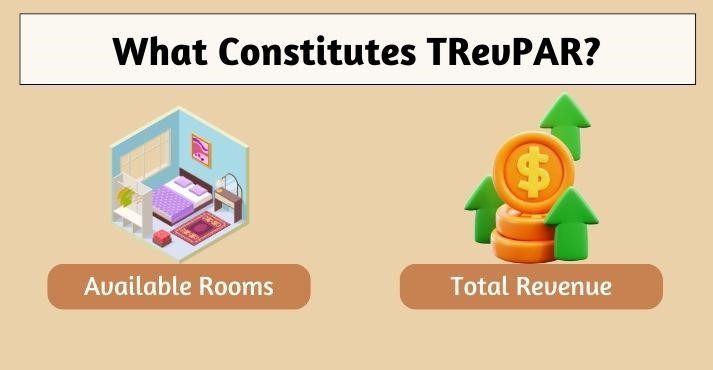
1. Total Revenue
The first key component of TRevPAR is the Total Revenue generated by the hotel. This encompasses room revenue and revenue from other departments such as food and beverage (restaurants, bars), spa services, event spaces, and additional guest services.
TRevPAR provides a holistic view of a hotel’s revenue-generating capabilities when revenue from all these sources is included.
For example, a hotel may have average room revenue but generate significant income from hosting events or offering exclusive dining experiences.
Ancillary revenue plays a vital role in driving TRevPAR higher in hotels. Offering additional services such as spa treatments, premium room upgrades, and personalized guest experiences increases overall revenue without necessarily increasing the number of rooms booked.
2. Available Rooms
The second component of TRevPAR is the number of available rooms in the hotel. Available rooms are calculated by taking the total number of rooms in the property and subtracting any rooms out of service due to maintenance, repairs, or other factors.
For example, if a hotel has 200 rooms and 10 are undergoing renovations, the number of available rooms would be 190.
This number is important in the TRevPAR calculation as it reflects the hotel’s capacity to generate revenue based on the rooms that are available for booking.
Formula:
TRevPAR = Total Hotel Revenue ÷ Available Rooms
Significance of TRevPAR in Hotel Management
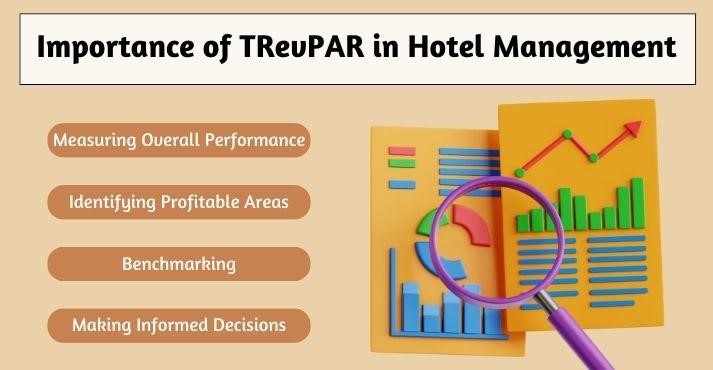
TRevPAR is of immense importance in hotel revenue metrics and overall management. Tracking TRevPAR allows hoteliers to gain valuable insights into their property’s financial health beyond simple room revenue.
Let’s explore why TRevPAR is so significant in hotel management.
1. Measuring Overall Performance
Unlike RevPAR or ADR, which only measure revenue generated through room bookings, TRevPAR provides a comprehensive overview of a hotel’s revenue-generating performance. It accounts for every service and department contributing to the hotel’s income.
When tracking TRevPAR, hoteliers can evaluate the effectiveness of their entire operation, from the guest rooms to the restaurant and spa services.
This holistic view allows hoteliers to assess the success of their room sales and the performance of room services.
For example, a hotel with a high TRevPAR may excel at generating revenue from food and beverage outlets, event spaces, or wellness services, providing a more accurate picture of total performance.
2. Identifying Profitable Areas
One key advantage of using TRevPAR is that it helps hoteliers identify which areas of the property are most profitable. Whether the restaurant, bar, spa, or meeting rooms, TRevPAR offers insight into where the most significant revenue streams come from.
This helps hotel managers decide where to allocate resources, develop new promotions, or improve service offerings to maximize revenue.
For example, a hotel might notice that its TRevPAR is high due to the popularity of its fine dining restaurant and decide to invest further in promoting and expanding that service.
This analysis helps hotels focus on high-revenue areas, ensuring resources are used wisely to increase profitability.
3. Benchmarking
In a competitive industry, hotels need to benchmark their performance against others. TRevPAR is a valuable metric for hotel benchmarking, as it allows hoteliers to compare their total revenue performance with similar properties.
When comparing TRevPAR to industry standards, hoteliers can identify areas where they excel or fall behind.
For instance, a hotel with a lower TRevPAR than its competitors may discover needing to boost its ancillary services or improve the guest experience in certain areas.
Hotel benchmarking using TRevPAR enables hoteliers to spot opportunities for improvement and adjust their strategies accordingly.
4. Making Informed Decisions
Comprehending TRevPAR encourages hotel managers to make better pricing, marketing, and operational change decisions.
For example, suppose a hotel sees that its TRevPAR is lower than expected. In that case, it may decide to introduce extended stay promotions or increase the promotion of its non-room services like dining or wellness packages.
This metric also informs decisions about staffing, maintenance, and marketing, ensuring that every aspect of the hotel contributes to its overall revenue-generating potential.
When tracking TRevPAR, hotels can identify patterns in guest behavior, seasonality, and demand, allowing them to adjust their services to meet market trends and maximize profits.
Improving TRevPAR: Strategies and Tactics
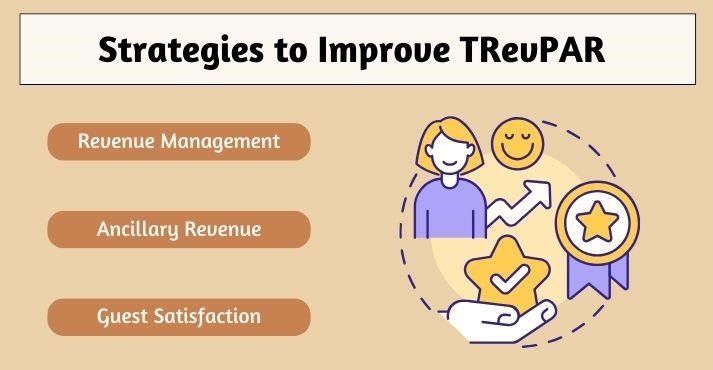
Increasing TRevPAR requires a strategic approach focusing on room revenue and non-room services revenue. Here are some effective tactics for boosting TRevPAR in your hotel:
1. Revenue Management
A strong hotel revenue management strategy is crucial for increasing TRevPAR. Revenue management involves adjusting room rates dynamically based on demand, seasonal trends, and market conditions.
For instance, during peak tourist seasons, room rates may increase to reflect high demand, while offering discount pricing strategies during off-peak periods can attract more guests and boost overall occupancy.
In addition to adjusting room rates, hotels can bundle services such as breakfast, spa access, or event tickets into room packages.
This makes the offer more attractive to potential guests and increases the total revenue per booking. Smart pricing and revenue management techniques help hotels achieve higher TRevPAR by maximizing the revenue potential of each available room.
2. Ancillary Revenue
To truly maximize TRevPAR, hotels must focus on increasing ancillary revenue in hotels. Non-room services like food and beverage, wellness, and event hosting are critical to boosting overall revenue.
Hotels can offer special packages or promotions that bundle these services, encouraging guests to spend more during their stay.
For example, a hotel might offer a “wellness retreat” package with spa treatments, fitness classes, and healthy dining options.
Upselling and cross-selling are also key tactics for increasing ancillary revenue. Room upgrades, personalized dining experiences, or exclusive event access can significantly contribute to a higher TRevPAR.
3. Guest Satisfaction
Improving guest satisfaction is one of the most effective ways to drive revenue and increase TRevPAR. Happy guests are more likely to return for future stays, spend more on services during their stay, and recommend the hotel to others.
Providing excellent service across all departments, from the front desk to the restaurant, ensures a memorable experience for guests.
Hotels can increase guest satisfaction by offering personalized services, loyalty programs, and exclusive offers for repeat customers.
Investing in staff training to improve guest interactions can lead to more positive experiences, higher spending, and a better TRevPAR.
Tip: Focus on delivering personalized guest experiences and offering unique packages catering to guests’ needs to increase both room and ancillary revenue.
Factors Influencing TRevPAR
Exploring the factors that can impact TRevPAR (Total Revenue Per Available Room) is like deciphering the intricate dance of hotel revenue.
Let’s delve into the key influencers, from room rates to occupancy rates and the performance of ancillary services, and discuss how hoteliers can strategically optimize these variables to enhance TRevPAR.
Room Rates: The Pricing Puzzle
One of the primary influencers of TRevPAR is room rates. The delicate balance between attracting guests with competitive prices and maximizing revenue is an ongoing challenge. Hoteliers need to navigate this pricing puzzle to ensure optimal TRevPAR performance.
Occupancy Rates: Filling Every Room
Occupancy rates play a pivotal role in TRevPAR. Maximizing the number of occupied rooms is critical to boosting overall revenue. Hoteliers must employ effective strategies, such as targeted marketing and dynamic pricing, to achieve optimal occupancy rates.
Ancillary Services: Beyond Room Revenue
The performance of ancillary services, from dining options to spa treatments, significantly contributes to TRevPAR. Diversifying revenue streams through these services can elevate TRevPAR by offering guests a comprehensive and tailored hospitality experience.
TRevPAR vs. Other Hotel KPIs
While TRevPAR is a valuable metric, it’s essential to compare it with other hotel profitability metrics, such as RevPAR, ADR, and GOPPAR, to fully understand a hotel’s performance.
1.RevPAR (Revenue per Available Room)
RevPAR is one of the most common metrics in the hotel industry, but it only measures room revenue. It does not consider any additional revenue generated from non-room services, making it a more limited measure of total performance.
TRevPAR, on the other hand, includes all revenue sources, providing a more comprehensive view of the hotel’s performance.
2. ADR (Average Daily Rate)
ADR measures the average income per room sold, giving hoteliers insight into the efficiency of their room pricing strategies. However, like RevPAR, it focuses solely on room revenue and doesn’t account for non-room income.
While ADR helps understand how well rooms are priced, TRevPAR offers a broader view by incorporating all hotel revenue streams.
3. GOPPAR (Gross Operating Profit Per Available Room)
GOPPAR considers revenue and costs, offering a more detailed look at profitability. While TRevPAR focuses purely on revenue, GOPPAR measures how much that revenue translates into profit.
Both metrics are essential, but TRevPAR provides insight into revenue generation, while GOPPAR helps measure overall profitability.
While other metrics like RevPAR and ADR are valuable, TRevPAR gives a fuller picture of a hotel’s financial health by including all revenue sources.
Conclusion
Learning and understanding TRevPAR and how to optimize it is critical for hotel managers aiming to improve overall performance and profitability.
Focusing on total revenue per available room can give hoteliers a comprehensive view of their property’s revenue-generating capabilities.
Implementing strategies like effective revenue management, increasing ancillary revenue, and enhancing guest satisfaction can significantly boost TRevPAR. When doing so, hotels increase revenue and ensure long-term success in a competitive market.
Tracking and improving TRevPAR is essential for achieving better financial outcomes and maintaining a competitive edge in the hospitality management industry.

